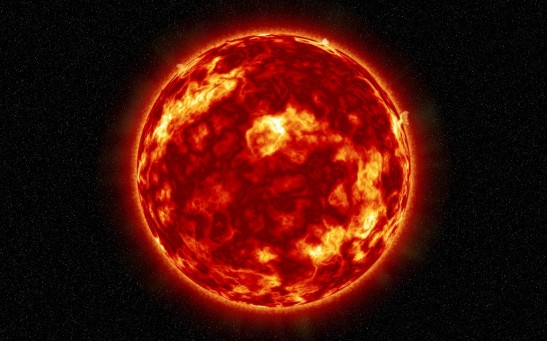solar system
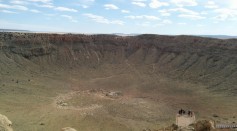
Asteroid 162173 Ryugu Particle From the Hayabusa2 Mission Is the Most Uncontaminated Material to Match Solar System Composition
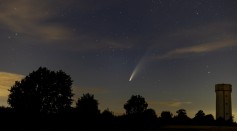
Meteor Fireball in Madrid Identified as the Alpha Capricornids Meteor Shower Body 169P/NEAT Comet
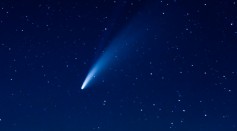
Comet Twice the Size Of Mount Everest Making a Safe Flyby to Earth Thursday: Watch Comet C/2017 K2 (PanSTARRS) Using a Telescope
Solar System Geological Features That You Must Know: Which One's the Most Impressive?
Solar System Estimated to Be Much Younger at 4.55 Billion Years Based on Magnetism Analysis
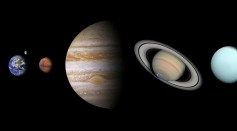
Solar System Exploration To Be Conducted by Eight Teams
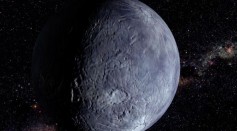
Hubble Discovers a Moon Around the Third Largest Dwarf Planet

Oxygen Can Be Generated From Comet 67P In Deep Space Without The Need For Life

NASA Confirms Epsilon Eridani System Has A Remarkable Similarity To Our Solar System

The Solar System Could Welcome New Planet Called ‘DeeDee’

NASA Study On The Atmospheric Condition Of Proxima Centaury B
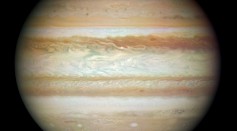
Astronomers Indentifies Jupiter's Formation
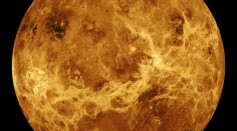
Scientists Believe That Venus Holds the Secret of How Life Developed on Earth
Organic Molecules Discovered in Young Star System
Most Popular

AI Revolution in Medical Education: Transforming How Healthcare Professionals Learn

China’s Tiangong Space Station to Expand Its Capabilities With New Modules

Exploring Life Beyond Earth: Study Claims Other Planets Could Be Suitable for Alien Life

Out of Office, Not Out of Mind: Planning for Employee Holiday Absences

